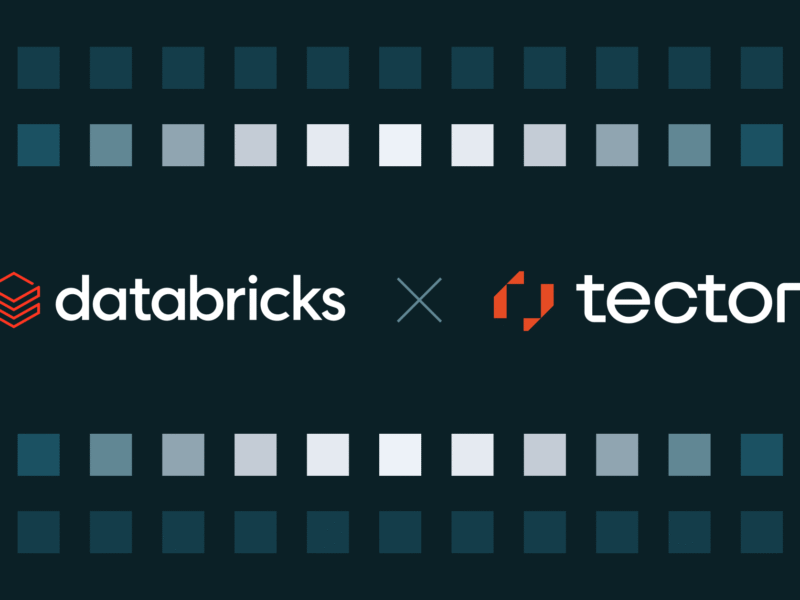Image by Author | Ideogram
You don’t need a rigorous math or computer science degree to get into data science. But you do need to understand the mathematical concepts behind the algorithms and analyses you’ll use daily. But why is this difficult?
Well, most people approach data science math backwards. They get right into abstract theory, get overwhelmed, and quit. The truth? Almost all of the math you need for data science builds on concepts you already know. You just need to connect the dots and see how these ideas solve real problems.
This roadmap focuses on the mathematical foundations that actually matter in practice. No theoretical rabbit holes, no unnecessary complexity. I hope you find this helpful.
Part 1: Statistics and Probability
Statistics isn’t optional in data science. It’s essentially how you separate signal from noise and make claims you can defend. Without statistical thinking, you’re just making educated guesses with fancy tools.
Why it matters: Every dataset tells a story, but statistics helps you figure out which parts of that story are real. When you understand distributions, you can spot data quality issues instantly. When you know hypothesis testing, you know whether your A/B test results actually mean something.
What you’ll learn: Start with descriptive statistics. As you might already know, this includes means, medians, standard deviations, and quartiles. These aren’t just summary numbers. Learn to visualize distributions and understand what different shapes tell you about your data’s behavior.
Probability comes next. Learn the basics of probability and conditional probability. Bayes’ theorem might look a bit difficult, but it’s just a systematic way to update your beliefs with new evidence. This thinking pattern shows up everywhere from spam detection to medical diagnosis.
Hypothesis testing gives you the framework to make valid and provable claims. Learn t-tests, chi-square tests, and confidence intervals. More importantly, understand what p-values actually mean and when they’re useful versus misleading.
Key Resources:
Coding component: Use Python’s scipy.stats and pandas for hands-on practice. Calculate summary statistics and run relevant statistical tests on real-world datasets. You can start with clean data from sources like seaborn’s built-in datasets, then graduate to messier real-world data.
Part 2: Linear Algebra
Every machine learning algorithm you’ll use relies on linear algebra. Understanding it transforms these algorithms from mysterious black boxes into tools you can use with confidence.
Why it’s essential: Your data is in matrices. So every operation you perform — filtering, transforming, modeling — uses linear algebra under the hood.
Core concepts: Focus on vectors and matrices first. A vector represents a data point in multi-dimensional space. A matrix is a collection of vectors or a transformation that moves data from one space to another. Matrix multiplication isn’t just arithmetic; it’s how algorithms transform and combine information.
Eigenvalues and eigenvectors reveal the fundamental patterns in your data. They’re behind principal component analysis (PCA) and many other dimensionality reduction techniques. Don’t just memorize the formulas; understand that eigenvalues show you the most important directions in your data.
Practical Application: Implement matrix operations in NumPy before using higher-level libraries. Build a simple linear regression using only matrix operations. This exercise will solidify your understanding of how math becomes working code.
Learning Resources:
Try this exercise:Take the super simple iris dataset and manually perform PCA using eigendecomposition (code using NumPy from scratch). Try to see how math reduces four dimensions to two while preserving the most important information.
Part 3: Calculus
When you train a machine learning model, it learns the optimal values for parameters by optimization. And for optimization, you need calculus in action. You don’t need to solve complex integrals, but understanding derivatives and gradients is necessary for understanding how algorithms improve their performance.

Image by Author | Ideogram
The optimization connection: Every time a model trains, it’s using calculus to find the best parameters. Gradient descent literally follows the derivative to find optimal solutions. Understanding this process helps you diagnose training problems and tune hyperparameters effectively.
Key areas: Focus on partial derivatives and gradients. When you understand that a gradient points in the direction of steepest increase, you understand why gradient descent works. You’ll have to move along the direction of steepest decrease to minimize the loss function.
Don’t try to wrap your head around complex integration if you find it difficult. In data science projects, you’ll work with derivatives and optimization for the most part. The calculus you need is more about understanding rates of change and finding optimal points.
Resources:
Practice: Try to code gradient descent from scratch for a simple linear regression model. Use NumPy to calculate gradients and update parameters. Watch how the algorithm converges to the optimal solution. Such hands-on practice builds intuition that no amount of theory can provide.
Part 4: Some Advanced Topics in Statistics and Optimization
Once you’re comfortable with the fundamentals, these areas will help improve your expertise and introduce you to more sophisticated techniques.
Information Theory: Entropy and mutual information help you understand feature selection and model evaluation. These concepts are particularly important for tree-based models and feature engineering.
Optimization Theory: Beyond basic gradient descent, understanding convex optimization helps you choose appropriate algorithms and understand convergence guarantees. This becomes super useful when working with real-world problems.
Bayesian Statistics: Moving beyond frequentist statistics to Bayesian thinking opens up powerful modeling techniques, especially for handling uncertainty and incorporating prior knowledge.
Learn these topics project-by-project rather than in isolation. When you’re working on a recommendation system, dive deeper into matrix factorization. When building a classifier, explore different optimization techniques. This contextual learning sticks better than abstract study.
Part 5: What Should Be Your Learning Strategy?
Start with statistics; it’s immediately useful and builds confidence. Spend 2-3 weeks getting comfortable with descriptive statistics, probability, and basic hypothesis testing using real datasets.
Move to linear algebra next. The visual nature of linear algebra makes it engaging, and you’ll see immediate applications in dimensionality reduction and basic machine learning models.
Add calculus gradually as you encounter optimization problems in your projects. You don’t need to master calculus before starting machine learning – learn it as you need it.
Most important advice: Code alongside every mathematical concept you learn. Math without application is just theory. Math with immediate practical use becomes intuition. Build small projects that showcase each concept: a simple yet useful statistical analysis, a PCA implementation, a gradient descent visualization.
Don’t aim for perfection. Aim for functional knowledge and confidence. You should be able to choose between techniques based on their mathematical assumptions, look at an algorithm’s implementation and understand the math behind it, and the like.
Wrapping Up
Learning math can definitely help you grow as a data scientist. This transformation doesn’t happen through memorization or academic rigor. It happens through consistent practice, strategic learning, and the willingness to connect mathematical concepts to real problems.
If you get one thing from this roadmap, it’s this: the math you need for data science is learnable, practical, and immediately applicable.
Start with statistics this week. Code alongside every concept you learn. Build small projects that showcase your growing understanding. In six months, you’ll wonder why you ever thought the math behind data science was intimidating!
Bala Priya C is a developer and technical writer from India. She likes working at the intersection of math, programming, data science, and content creation. Her areas of interest and expertise include DevOps, data science, and natural language processing. She enjoys reading, writing, coding, and coffee! Currently, she’s working on learning and sharing her knowledge with the developer community by authoring tutorials, how-to guides, opinion pieces, and more. Bala also creates engaging resource overviews and coding tutorials.

